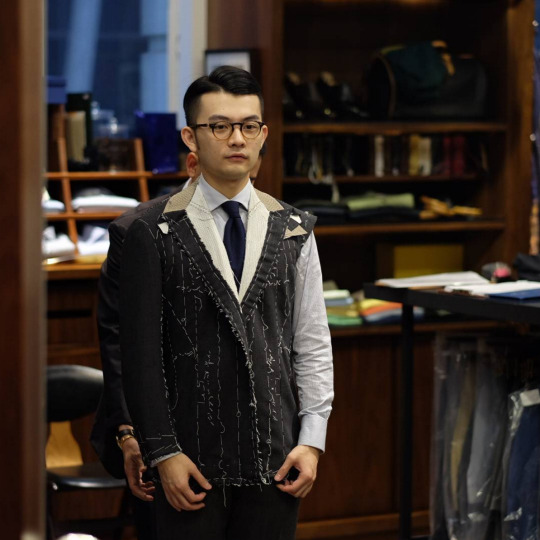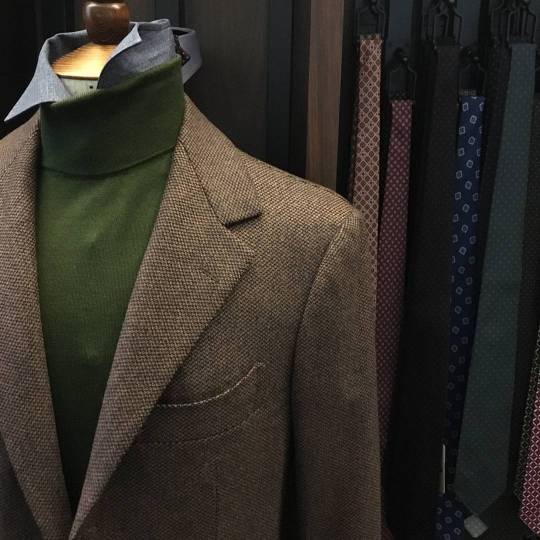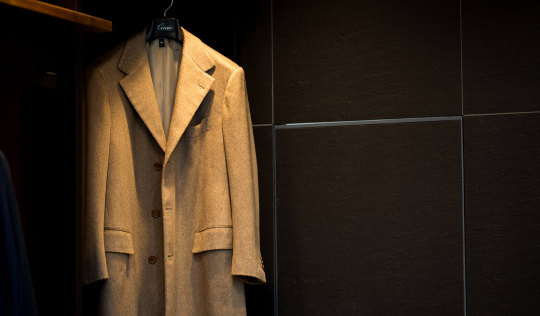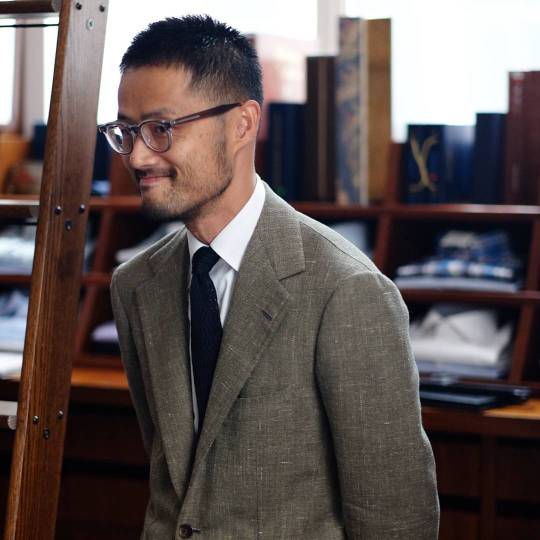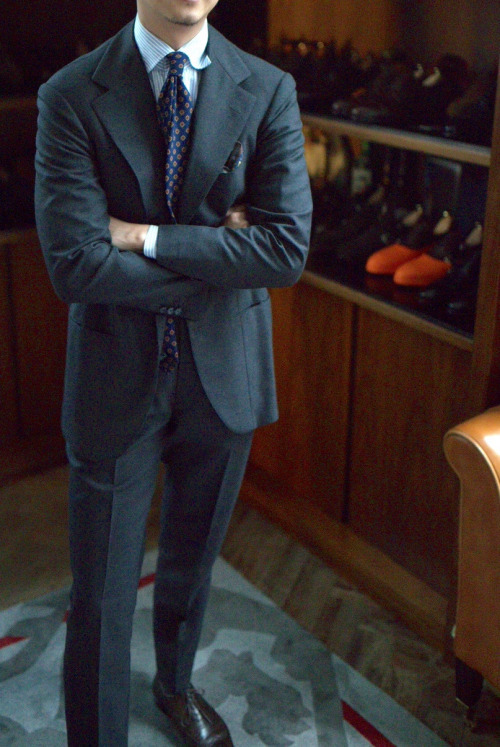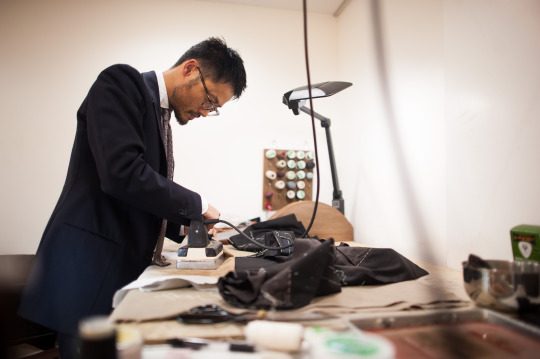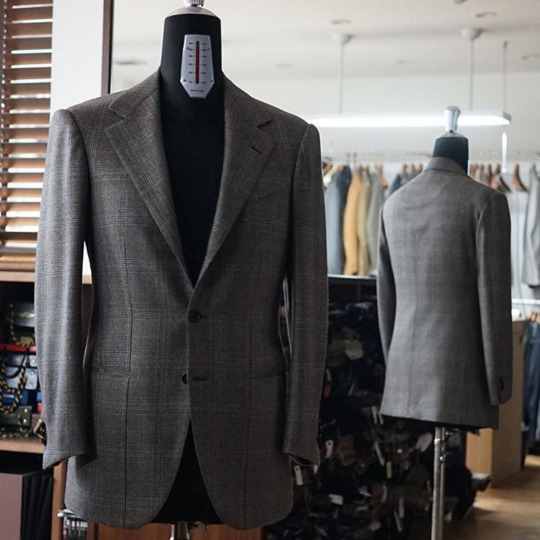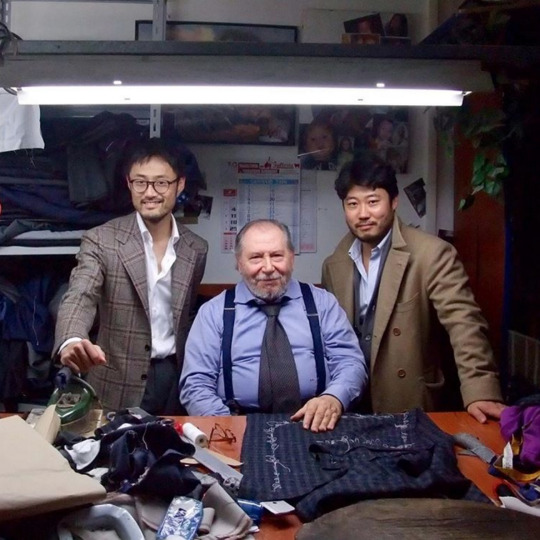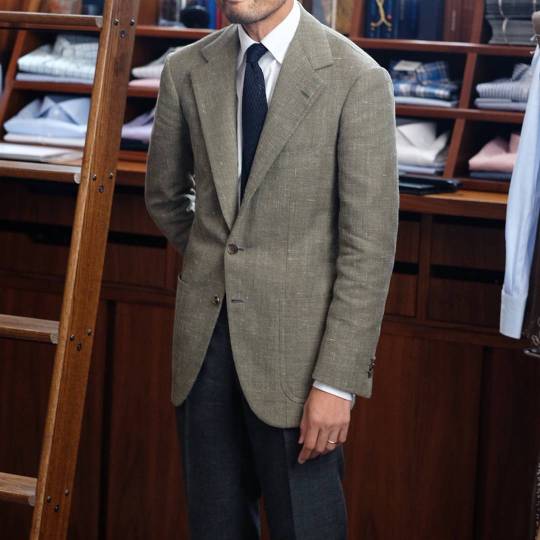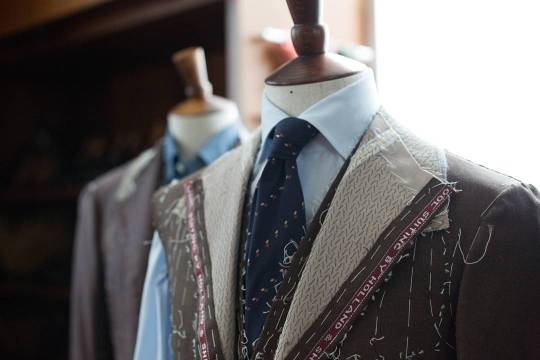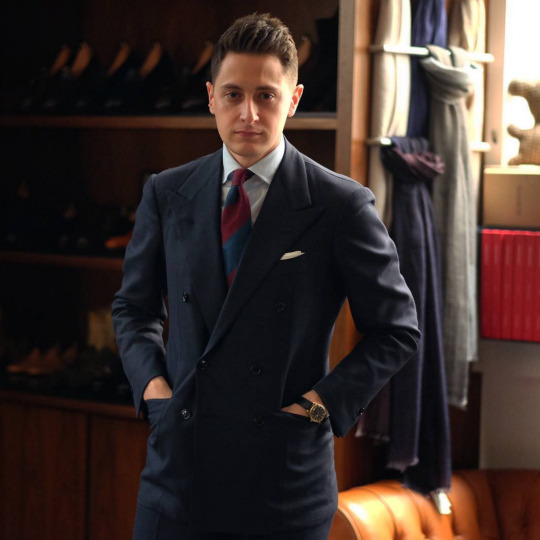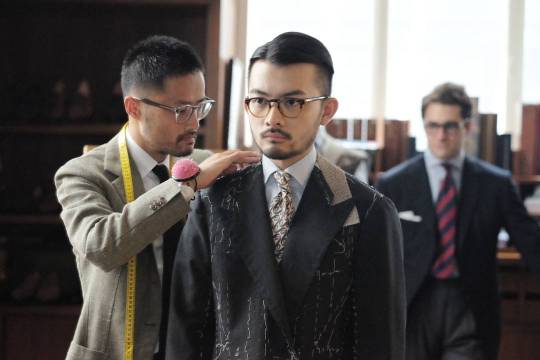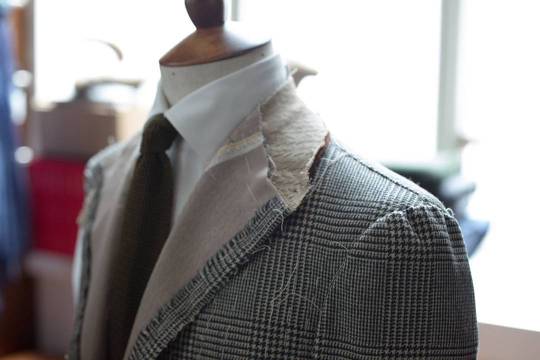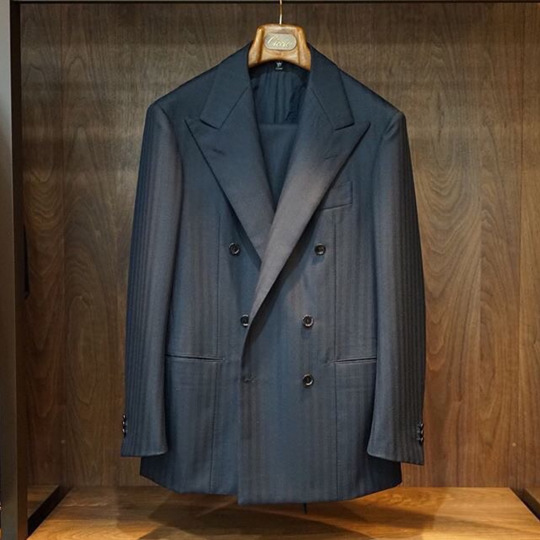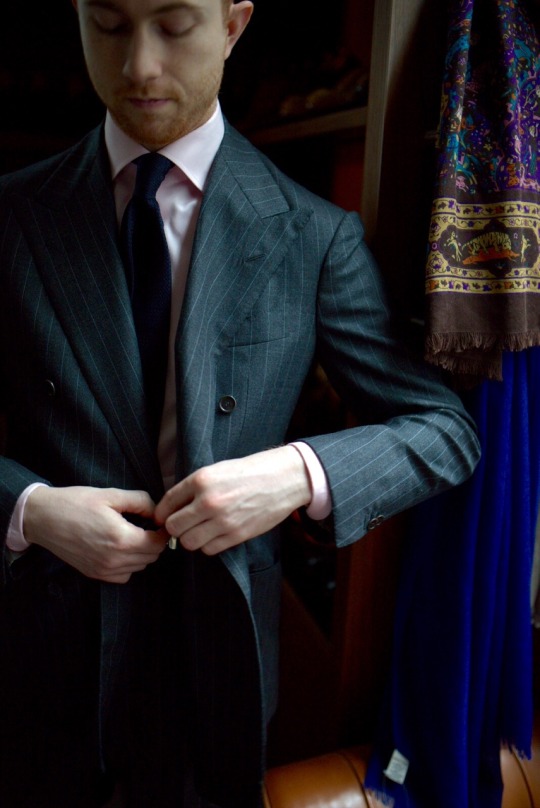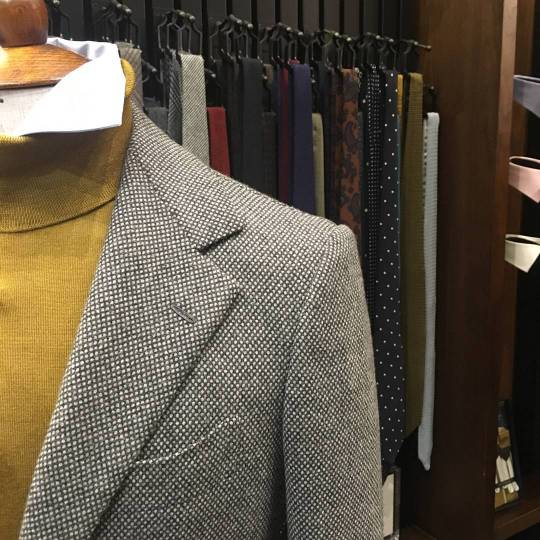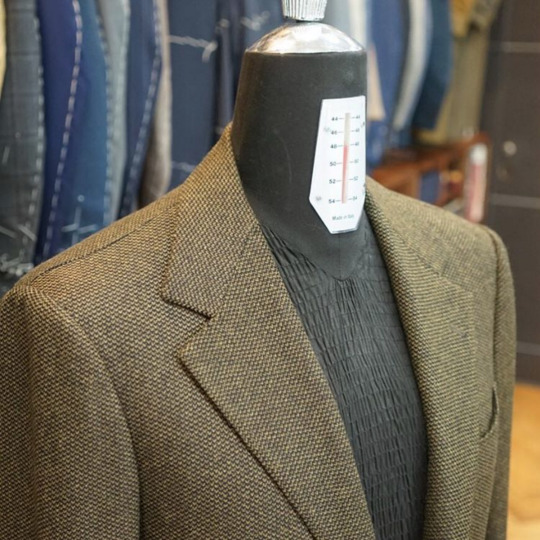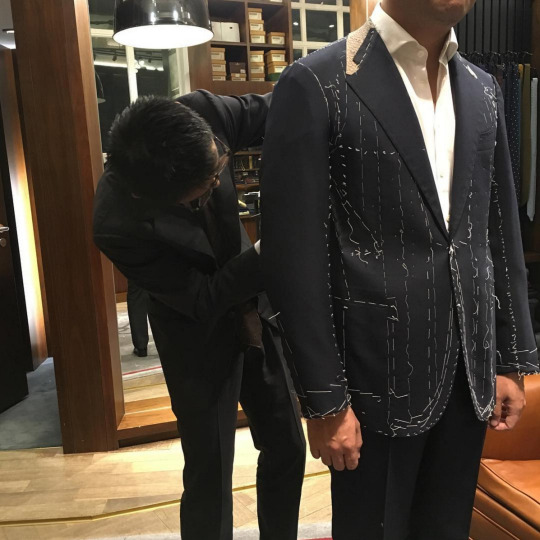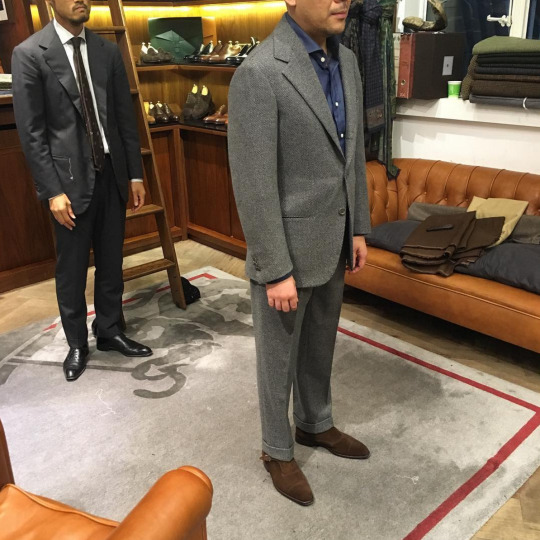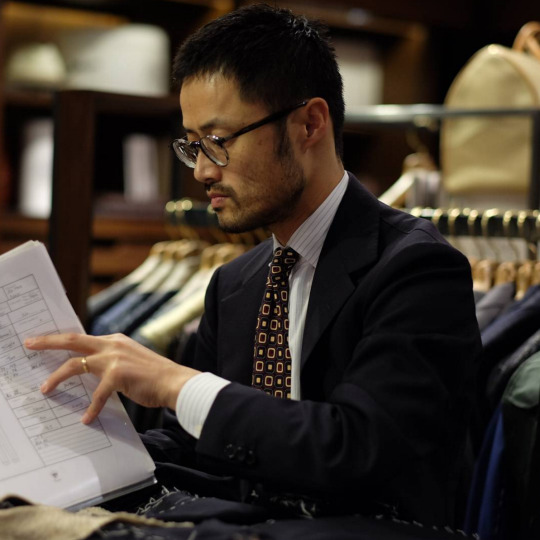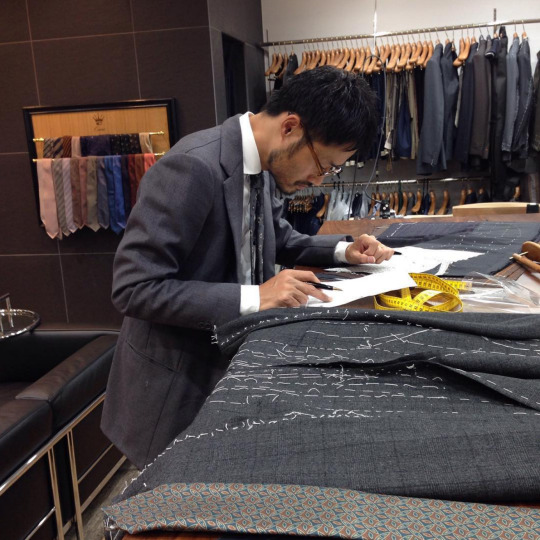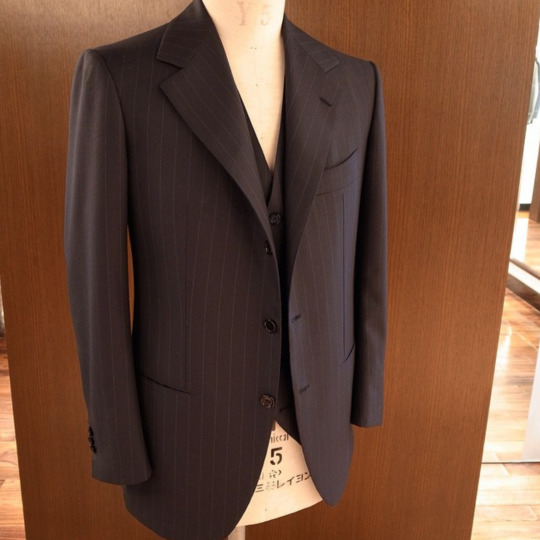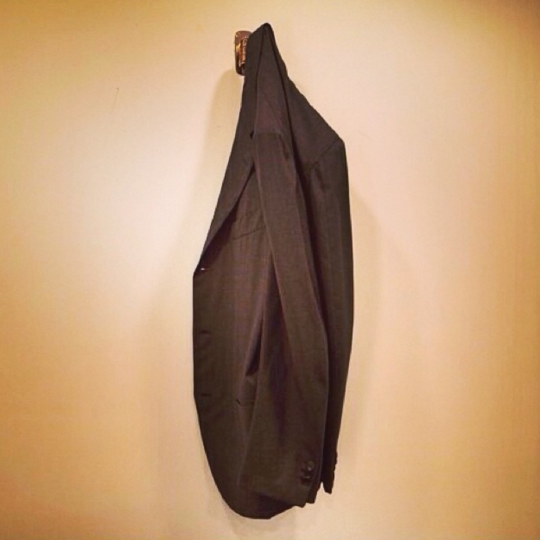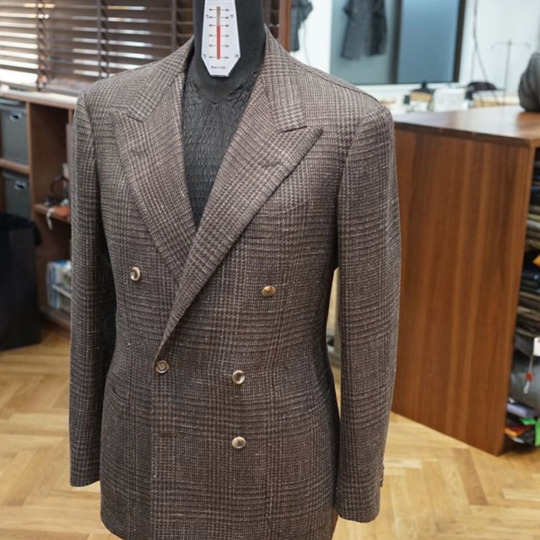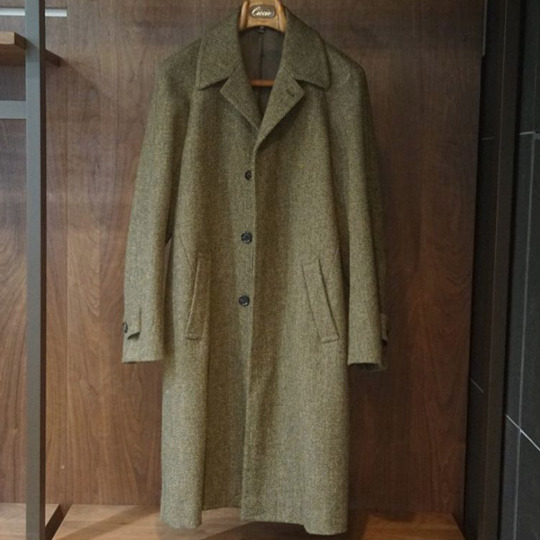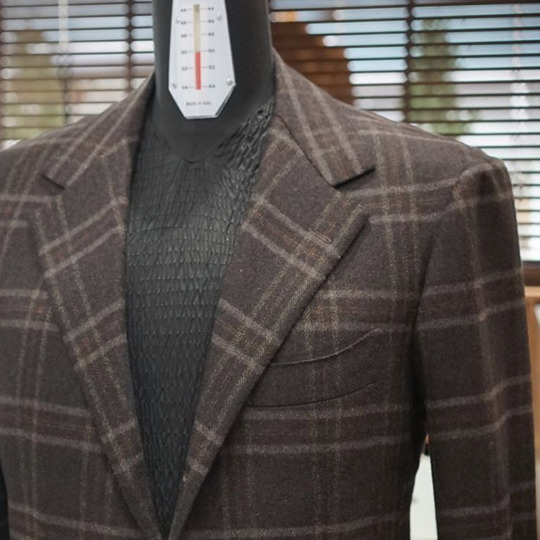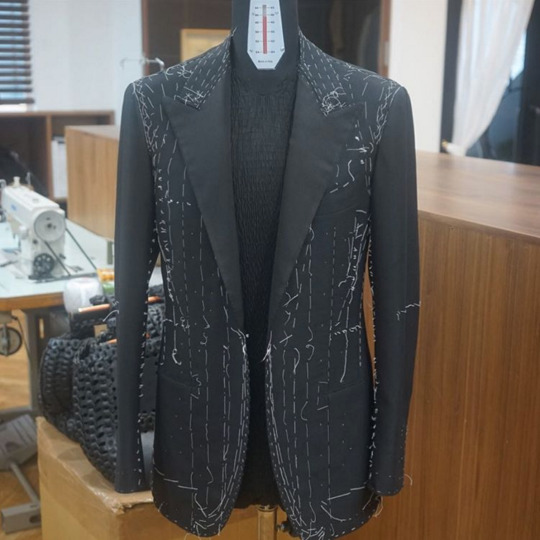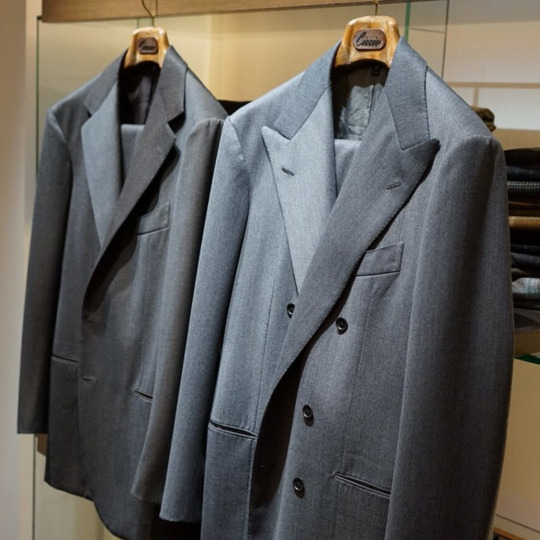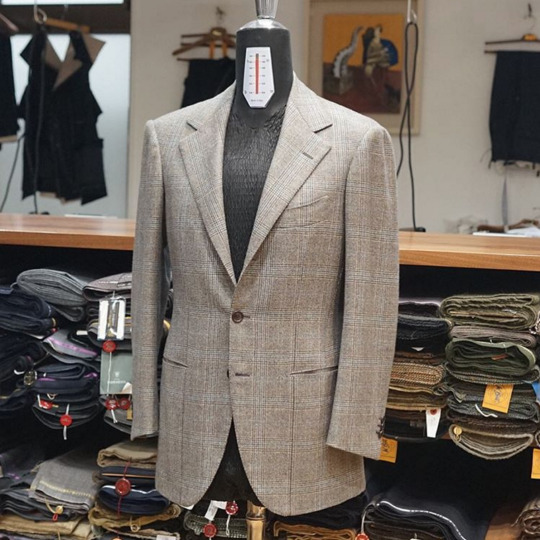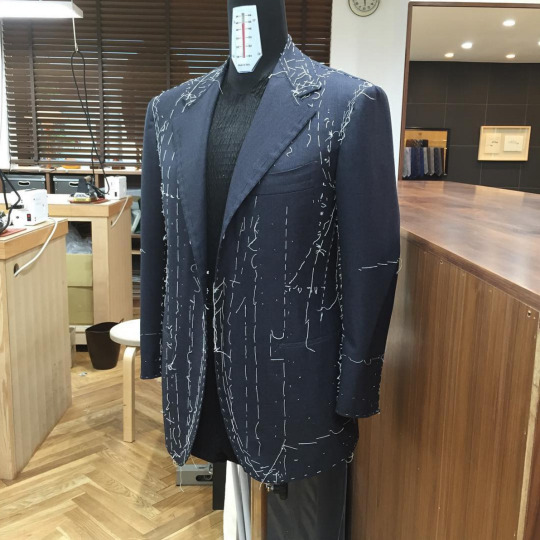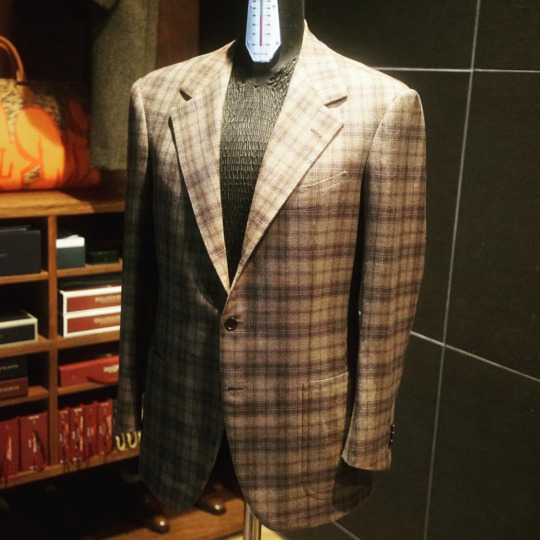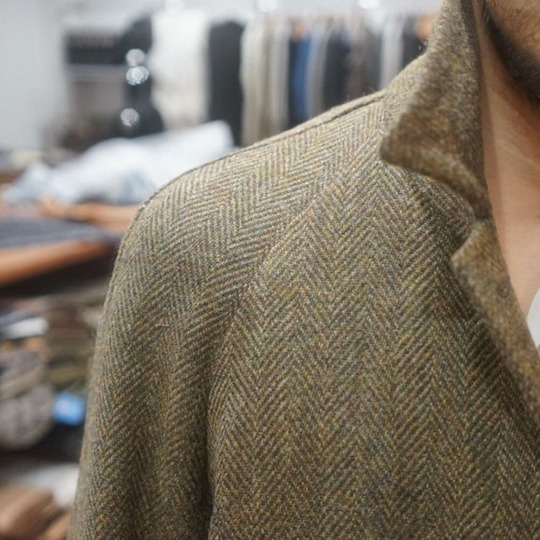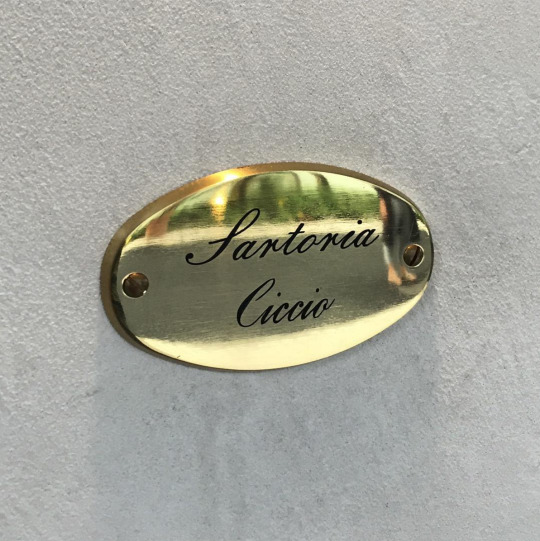
Japan has one of the most vibrant communities of bespoke tailors and shoemakers in the world, but you may not know it if you live in the US. Few get written about on English-language blogs, and fewer still visit the US. For most of us, it’s hard to find information about Japanese artisans – and nearly impossible to order things.
A lot of this has to do with the size of your average Japanese firm. It’s easier for larger tailoring houses on Savile Row to travel – they have more well-recognized names, and if one or two customers drop out, it doesn’t make much of a difference to their overall business. Things are different for smaller companies. A few dropped orders can financially kill overseas trips, and they typically don’t have the support staff necessary back home to scale up. These are the same reasons why you don’t see many traveling Italian tailors – most of the firms are small.
It’s too bad since a lot of Japanese tailoring is great. Take Noriyuki Ueki, for example. He started his career at Ring Jacket in 2001, before moving to Naples four years later to apprentice at Sartoria Dalcuore, working under master tailor Antonio Pascariello. In 2008, Ueki moved back to Japan to start his own firm, Sartoria Ciccio, and recently opened his owned atelier in the Minami-Aoyama district of Tokyo.
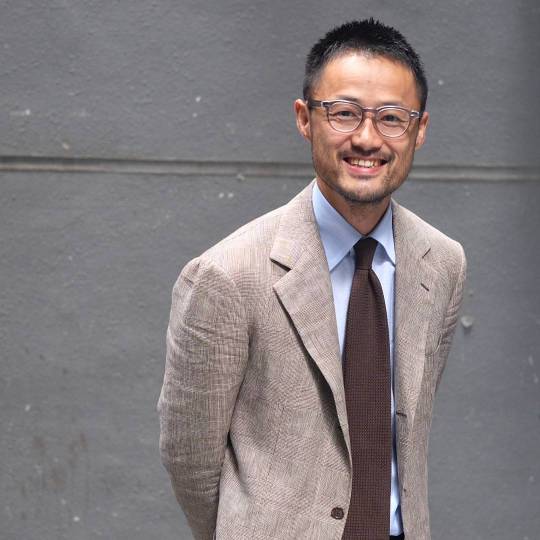
In Naples, Ueki didn’t just learn to cut – he picked up on the Italian sense of style. “I learned that suits don’t just have to be for business,” he says. “When cut right, they can also be part of a more casual wardrobe. My house style is influenced by that idea.”
You see a lot of Neapolitan details here. The wider lapels, which are cut straight and with little belly, giving the jackets a strikingly old-school look. The patch packets have curved corners, which complement the curved out-breast pockets. The shoulders are soft and sloping. The quarters gently sweep back towards the hips.
The difference is in the overall silhouette. Whereas your average Neapolitan tailor makes very rounded jackets, Ciccio’s are slightly more elongating, with a lowered buttoning point that sits just below the waist. This lengthens the lapel line and brings the hem a little further down the body. Ciccio’s jackets are a little longer than a lot of Italian ready-to-wear, but still a touch shorter than what you’ll find on Savile Row.
There are other differences. Ciccio’s suits don’t have obvious Neapolitan details such as waterfall sleeveheads. Instead, Ueki prefers a cleaner look: “I like precise details made with the spirit of Japanese tradition. You can see that part of our house style around shoulder, neckline, and chest, where we tailor things to be soft, precise, and comfortable.” The most basic style also includes double-pleated trousers and an unvented jacket – following on Ueki’s preference for clean, uninterrupted lines.
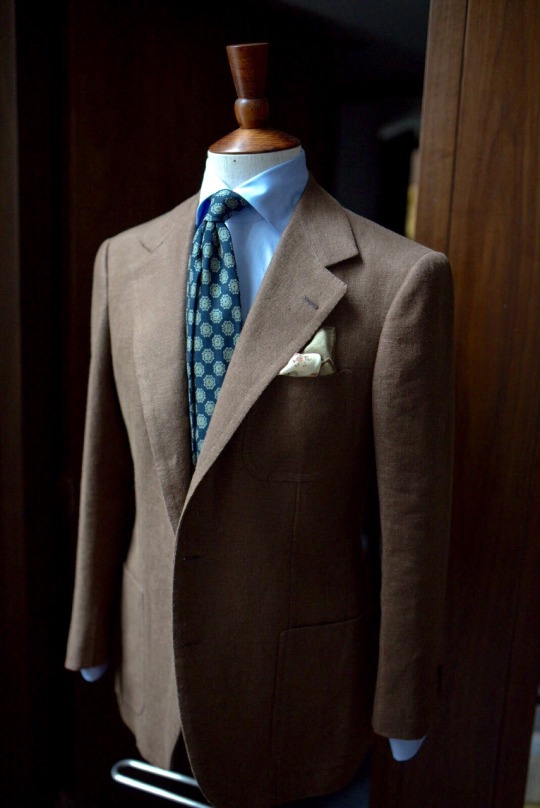
Interestingly, the Japanese tailoring system also closely mirrors the one in Southern Italy. Jackets are cut and made in-house, but as you’d find in Naples, trousers are commonly sent out to local specialists. This gives smaller tailoring houses a bit more flexibility – employing people as they need on a contract basis, rather than having them on payrolls. Ueki tells me that business has been so brisk, however, that he’s looking to bring trouser makers in soon.
So, what does Ueki recommend for a bespoke client’s first five commissions? “A solid navy suit, then a solid grey suit. One light-grey sharkskin and one navy chalk-stripe. Finally, a classic navy jacket that you can wear with grey trousers.”
Unfortunately, if you want to commission anything, you’ll have to be in East Asia. Ueki has an atelier in Tokyo, if you’re ever in Japan, although he also visits The Armoury’s Hong Kong location a few times a year (those interested can make appointments through The Armoury). For those of us outside of the region, at least we have Instagram.
(A very special thanks to Nagisa Kobayashi for her help with this post! Nagisa kindly acted as a translator between me and Ueki-san).

